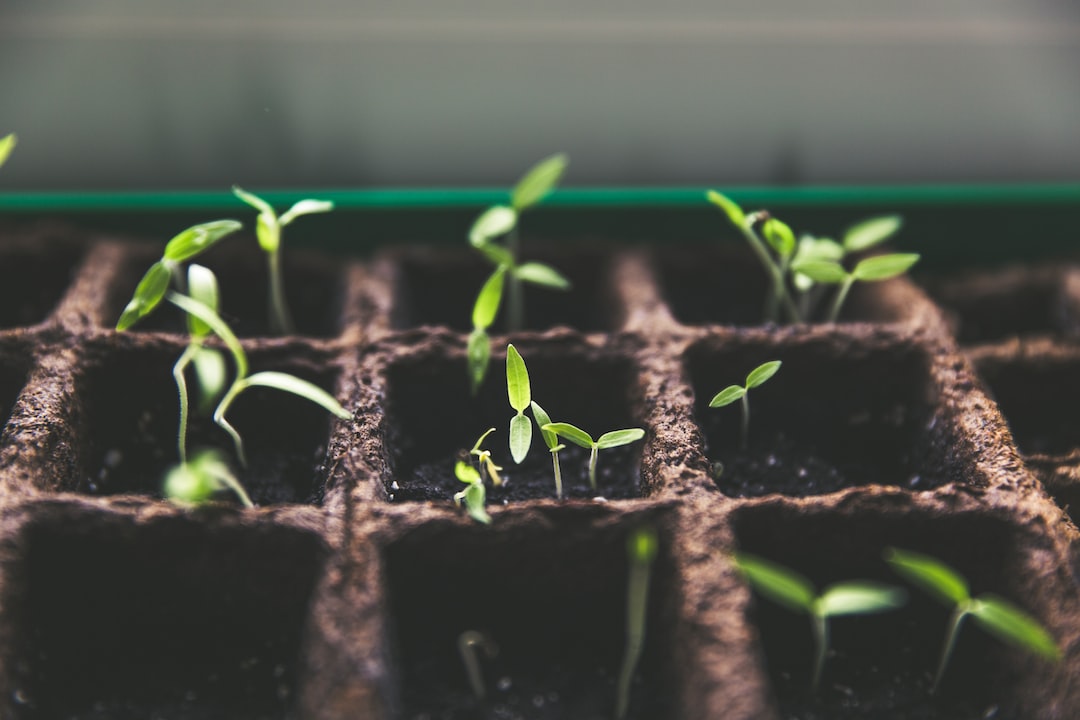When designing a garden, color plays a crucial role in creating an ambiance that not only enhances its beauty but also evokes emotions and sets the tone for its purpose. With the right combination of colors, a garden can become a personal oasis and an outdoor retreat that calms the senses and uplifts the mood. Here are some tips for using color in your garden design that can help you transform your outdoor space into a stunning and harmonious sanctuary.
1. Start with a color scheme
The first step in using color in your garden design is to choose a color scheme that suits the style and theme of your garden. You can opt for a monochromatic scheme that uses variations of one color, such as shades of pink, red, or blue, to create a cohesive and harmonious look. Alternatively, you can go for a complementary scheme that pairs colors opposite each other on the color wheel, like pink and green or purple and yellow, to create a striking and eye-catching contrast.
2. Consider the season
Another important aspect to keep in mind when using color in your garden design is the season. Depending on the time of year, certain colors may be more prominent and effective in creating the desired effect. For example, in the spring, pastel colors like pale pink and lavender can create a soft and romantic atmosphere, while in the fall, warm hues like orange, red, and gold can evoke a cozy and inviting feel.
3. Play with textures
To create visual interest and depth in your garden design, it is essential to incorporate a variety of textures along with colors. You can use plants with different leaf shapes and sizes, such as ferns, succulents, and ornamental grasses, to add dimension and contrast to your garden. Additionally, incorporating hardscaping elements like stones, wood, and metal can provide a rough and tactile texture that complements the softness of the plant life.
4. Create focal points
Using color in a thoughtful way can draw the eye and create focal points that add interest and dimension to your garden design. To achieve this effect, select one or two plants with bold or contrasting colors and place them in strategic locations, such as near the entrance or in the center of the garden. This will create a visual anchor that guides the viewer’s gaze and adds a sense of drama to your garden.
5. Use color to highlight architectural features
Color can also be used to accentuate architectural features, such as walls, columns, and archways, in your garden design. You can use flowering vines like clematis or climbing roses to create a colorful and natural backdrop for these features. Additionally, painting or staining the structures in a color that complements the plants can create a seamless and cohesive look that enhances the overall design.
In conclusion, using color is a fundamental element of garden design that can transform an ordinary space into a beautiful and uplifting sanctuary. By carefully choosing a color scheme, considering the season, playing with textures, creating focal points, and highlighting architectural features, you can create a garden that not only highlights your personal style but also provides a natural haven that inspires and revitalizes the spirit.

